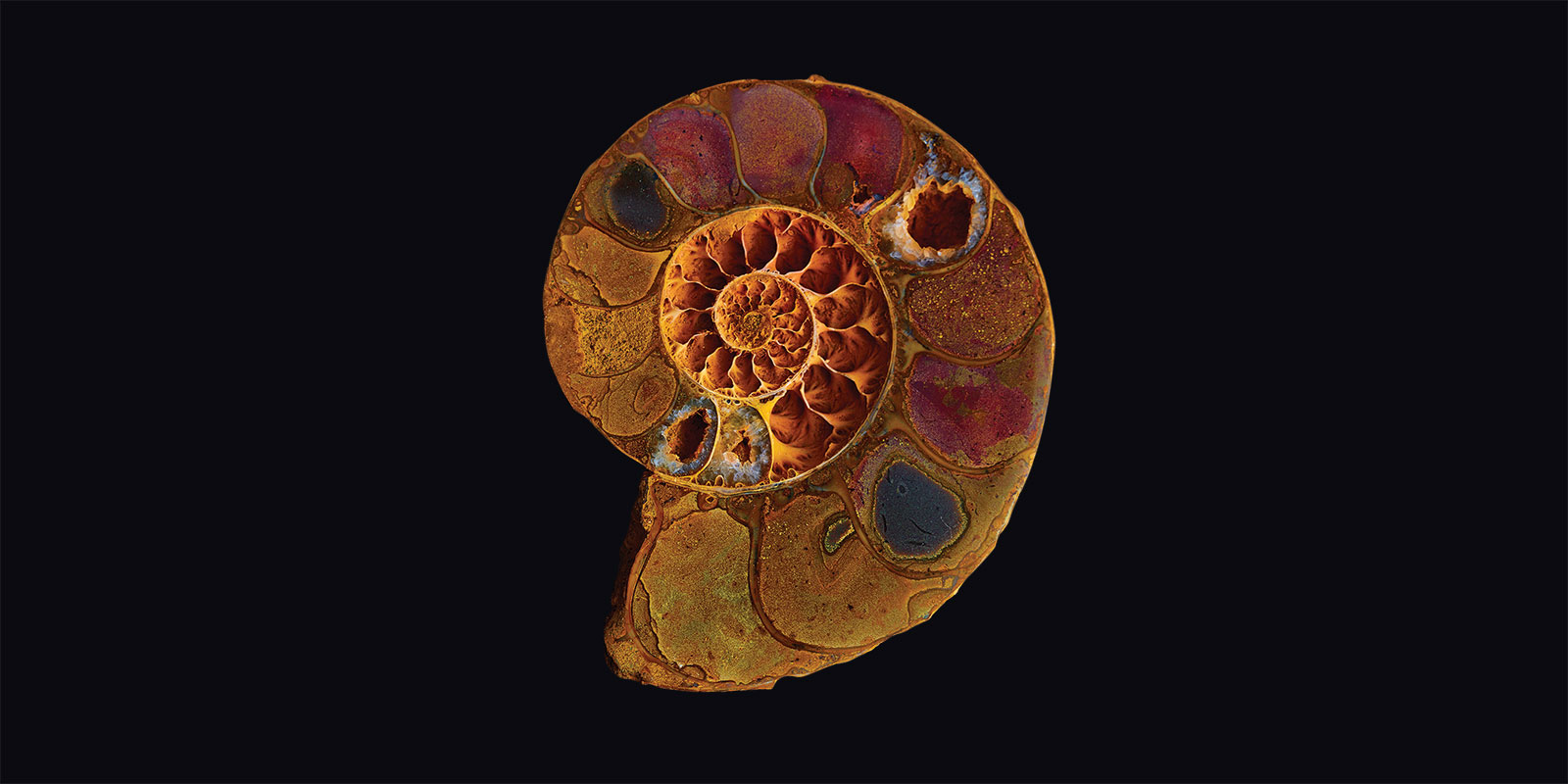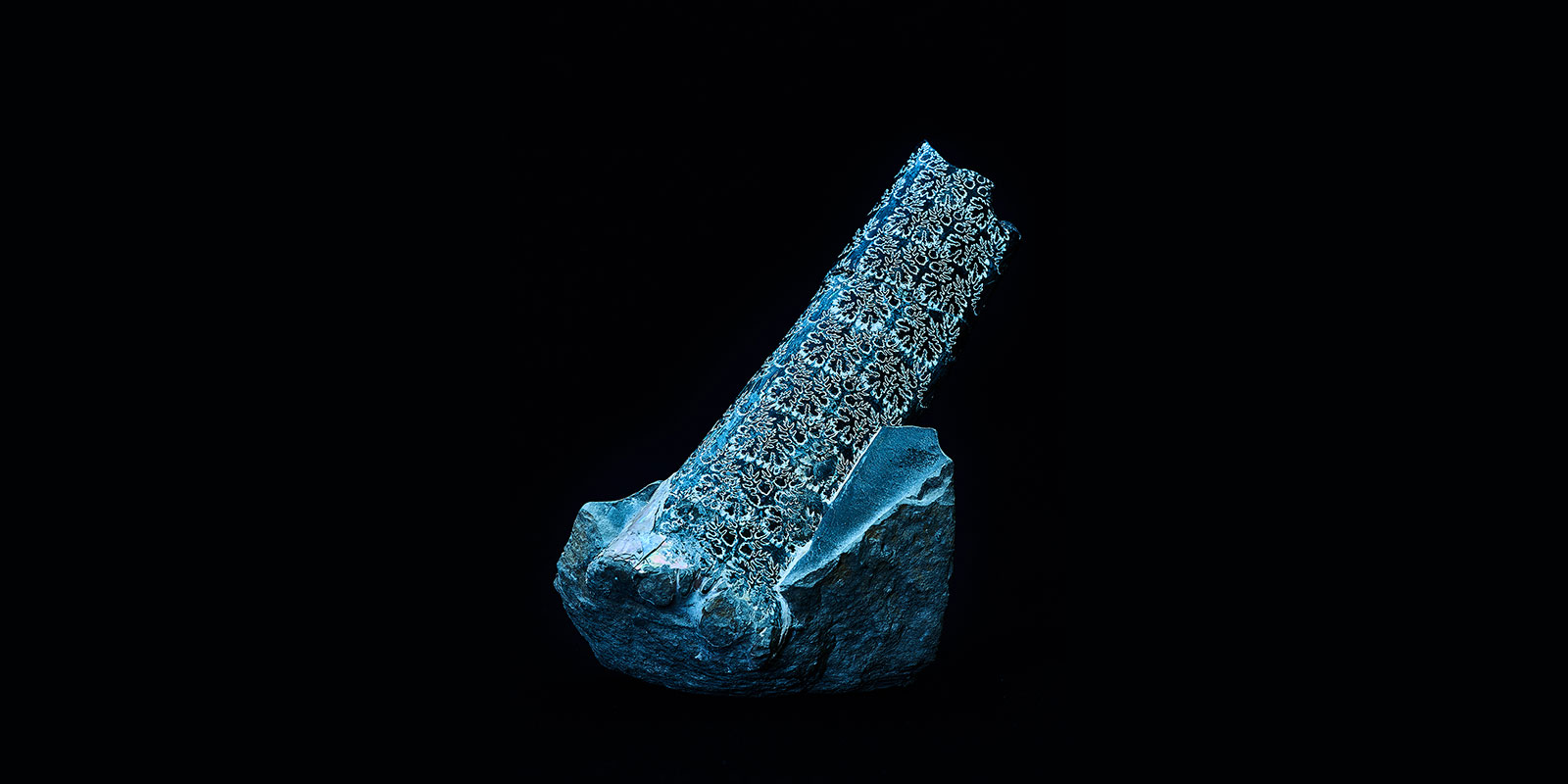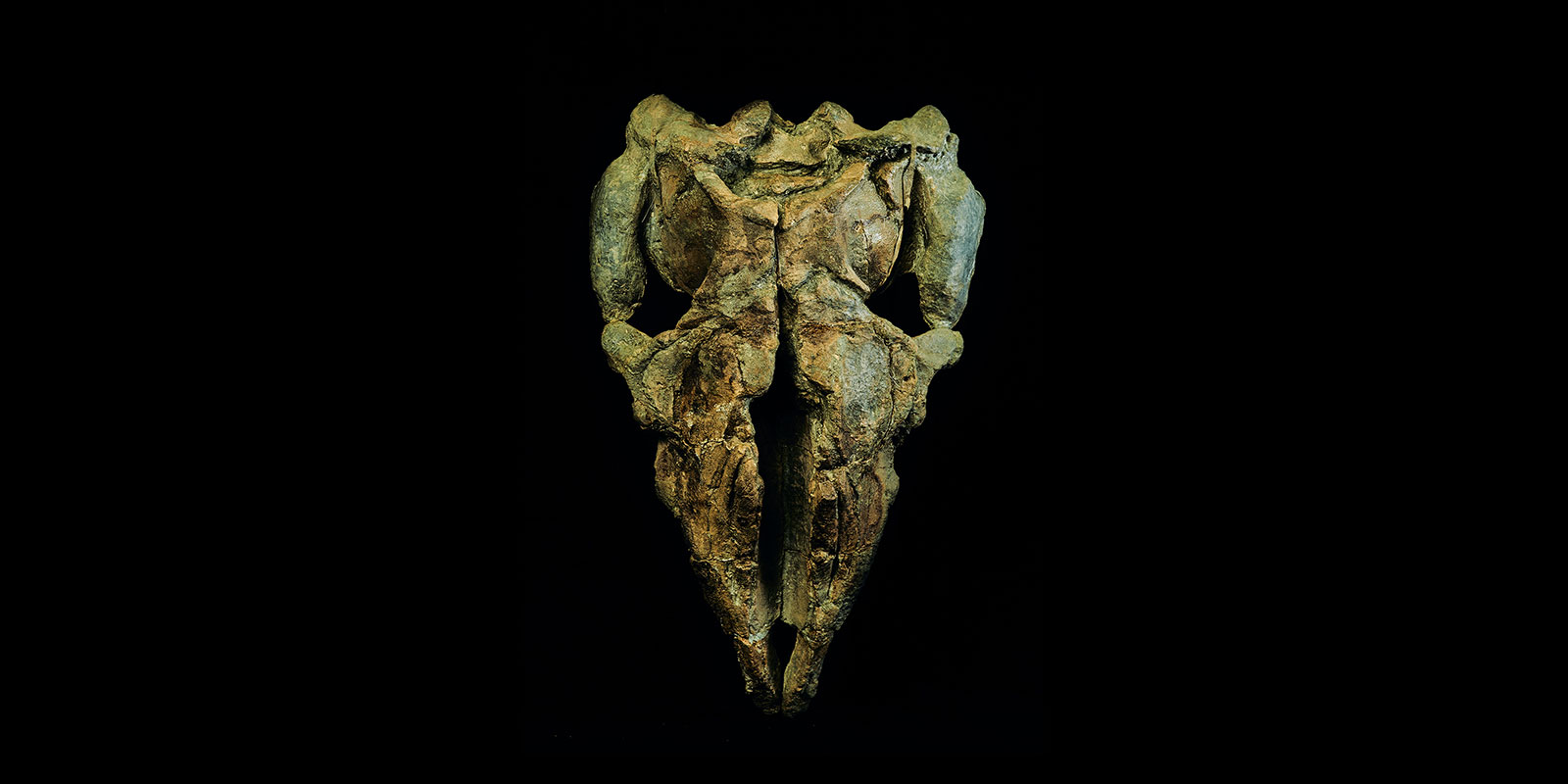Sustainable futures
Digital artist, computer scientist, and just about everything in-between, Yoichi Ochiai tells Matthew Lee about how he thinks about sustainability in radical ways
Often described as a wizard and an alchemist, Yoichi Ochiai has a reputation for making magic happen with cutting-edge technology. In previous eye-catching projects he’s made holograms that you can touch and feel, and ultrasonic waves that make objects levitate. His résumé – so packed with interdisciplinary art projects, scientific experiments, books and essays you wonder how he finds the hours in the day – is remarkably varied, but there are some unifying themes found in his work.
“We are interested in how nature will be changed in the future. And what sort of digital ecosystem affects this kind of nature”
One of Ochiai’s regular go-to topics is what he refers to as ‘digital nature’ – he runs the Digital Nature group at the University of Tsukuba in Tokyo, where he is also an associate professor. Along with colleagues and students, Ochiai imagines a future in which new technologies, such as IoT (the Internet of Things) and AI (artificial intelligence), are seamlessly combined with the natural world.
 This image and those following show some of Ochiai’s artworks exhibited at the ART for SDGs event in Kitakyushu, 2021
This image and those following show some of Ochiai’s artworks exhibited at the ART for SDGs event in Kitakyushu, 2021
“We are interested in how nature will be changed in the future,” says Ochiai. “And what sort of digital ecosystem affects this kind of nature – an ecosystem in the form of humans, but also artificial things, and computational things. I’m thinking about how nature will be changed in computational ways, and about how we can achieve sustainability in both the digital world and the physical world.”
While some people might consider technology and nature to be incompatible, even antithetical, Ochiai insists they have much in common. “There are many biological things, some in humans, that are designed in computational or digital ways,” says Ochiai, who is also the founder and CEO of tech startup Pixie Dust Technologies. “You can find digital signals in the neural connections in your brain, and you can find digital processes in the memory of your DNA. We find human culture developing in a computational way, and also the computational way itself is implemented in nature.”
“We find human culture developing in a computational way, and also the computational way itself is implemented in nature”

Standing at the intersection of the digital and natural worlds, Ochiai aims to examine through his work how new technologies can help address some of the biggest challenges facing both Japanese and global society. There are plenty of major challenges contained within the UN’s 17 sustainable development goals (SDGs), and when a recent art festival in Kitakyushu, Kyushu Prefecture, announced that its focus was the SDGs, Ochiai was keen to contribute.
“Umwelt is a German term meaning that every species has its own perspective of the world”
“Kitakyushu is on the island of Kyushu, in the south of Japan, and it played a big role in the country’s industrial development,” says Ochiai. “They had a big problem there with water pollution in the 1960s and because of that there has been a strong relationship there between industrial production and sustainability.” For the ART for SDGs event, which opened in April 2021, Ochiai used digital technology to present images taken at the Kitakyushu Museum of Natural History & Human History in a revelatory new light. His bold, thematically sprawling exhibit, ‘Perspective of Umwelt – Time and Space, Digital Nature and Arts’, didn’t merely treat the audience to a dazzling display of lights, lasers and digitally enhanced imagery from the natural world – it also posed big questions about what sustainability really means.

“Umwelt is a German term meaning every species has its own perspective of the world,” Ochiai says of the title of his exhibit. Through this concept of umwelt, he explains, you begin to think about sustainability in a more holistic way – what does sustainable development mean not just for humans but for all the species that share the Earth, and what would it have meant to humans who lived thousands of years ago? “An important quality of the SDGs is that they aren’t only about humans,” he says. “And also it’s important that they are not just from the perspective of developed countries, like those in the G7. We also need to think about perspectives on sustainability from less developed countries.”
Ochiai’s innovative approach to sustainability is also informed by Japanese history. His work explores how sustainable development is imbued in the national culture; he points to how a focus on local and renewable materials was inherent in the ancient aesthetic philosophy of wabi- sabi, and says that many elements of traditional culture, such as the tea ceremony, incorporated sustainable practices many centuries before sustainability became a buzzword. In his art he uses new technologies such as 3D-printing and laser-cutting machines to explore the timelessness of Japan’s traditional folkcraft.
“I think that different ways of sustainability will be found in every community”
While he takes some cues from the past, Ochiai also maintains a keen eye on the future.
He’s excited to see how new technologies such as IoT and AI can help promote sustainable development. Such innovations, he says, might help Japan deal with all sorts of issues. He cites the problem of under-managed forests, which results in issues with sustainability and the creation of wood products. AI, he explains, can help with forest management.
New technologies can help society with some of the other SDGs, Ochiai adds. When it comes to the fourth of the UN’s goals, quality education, he says that the internet has opened doors in developing countries, and that it’s now possible for “students in South Africa to access a Stanford University lecture.”

He’s particularly interested in equality, a key component of the SDGs, and with typical polymathic flair he recently drew attention to the issue is a fashion show he directed. In ‘True Colors FASHION’ he explored how new technology can aid the creation of beautiful clothes for people with disabilities, a section of society the fashion industry has tended to ignore in the past. He thinks that new technologies can do so much to help people with disabilities. “I’m interested in how AI can help with subtitles on video conferencing software for deaf people, or designing voice recognition systems for blind people,” he explains.
While Ochiai isn’t yet convinced that the SDG goals will be realised in Japan, he’s enthusiastic about how the UN’s project has got people around the world thinking about sustainability in both old and new ways – exploring their cultural traditions for values that can offer lessons for the future, and thinking about how technology to help create a happier and healthier future.
“I think that different ways of sustainability will be found in every community, and that – because of the growing interests in SDGs – we’ll find examples of sustainability suitable to everywhere,” he says. “So from that viewpoint, whether it’s SDGs or not, I’m feeling positive about the future.”